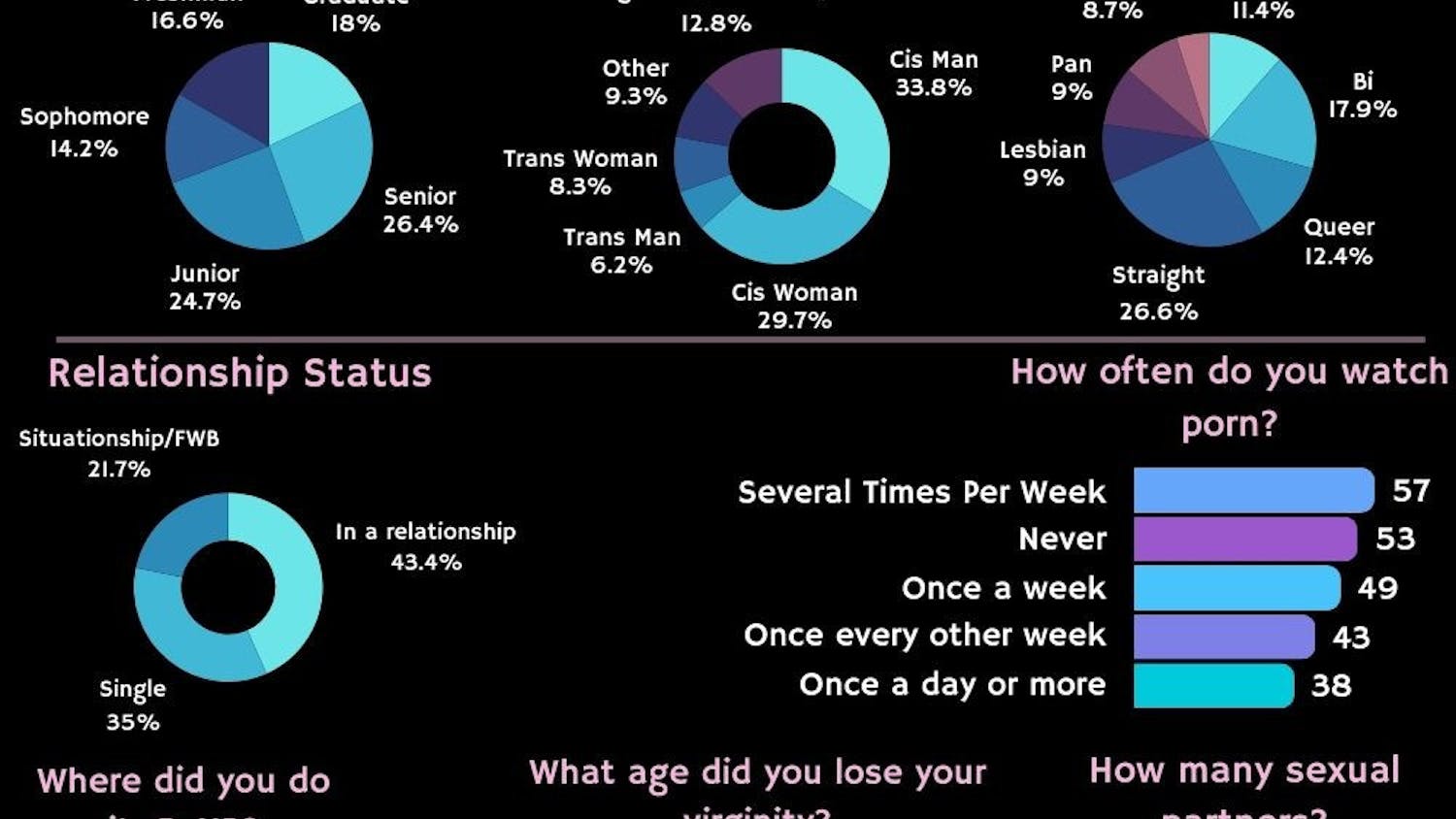More than 4 feet of snow covered parts of Western New York on Tuesday – areas like Lancaster and South Buffalo were in “states of emergency.” Winter is here, and if you’re new to Buffalo, then you need to have the right vocabulary to talk about it – and our record snowfall.
We’ve got you covered.
The Eskimos are famous for having many more words for “snow” than the English language. The Inuit dialect from Central Siberia, Yupik, has 40 words and the Canadian Nunavik region has 53 different words for “snow.” In the northern tips of Scandinavia and Russia, the Sami people have at least 180 words used to talk about snow and ice.
Although English may only be officially limited to “snow,” Buffalonians have descriptions to describe the winter conditions they’re used to.
If you’re new to the city, then have no fear – Buffalo winters aren’t always bad.
But you’ve got to get hip to the lingo if you want to fit in like a real Buffalonian in those inevitable winter talks. Don’t be surprised if every time you call home this winter your parents ask how much snow there is, but you’ll be equipped with the lingo to talk like an expert.
Sticky
It can snow in Buffalo without any snow staying on the ground for days to come. The snow may melt on impact. If it doesn’t, then the snow is sticky, or sticking on the ground.
Slushy
This is the snow that has slightly melted and has been run over countless times by cars. It can cover roadways and often takes on a brown hue.
Lake effect snow
When Lake Erie is warm and the air that passes over it is cold, you get lake effect snow. Once the lake freezes, you no longer get lake effect snow. Downtown Buffalo tends to get lake effect snow first because it’s closer to the lake.
Accumulation
This is the proper way to talk about how much snow has piled up on the ground. It “accumulates” on the ground, often just a few inches.
Heavy
Heavy snow tends to be wet, thick and packed. This is not the snow to make a snowman with because it’s too hard to mold into a shape. Instead, if you want to make a painful snowball, pick up a chunk of the heavy stuff to use against your enemy.
Powdery
You can kick this stuff around, throw it in the air and it falls lightly on your puffy jacket. It can be pretty easily packed, but is the best for skiing and snowboarding.
Black Ice
Watch out for this invisible danger. It can sneak up on your as you’re driving, so never drive too fast and be patient. Keep an eye on the highways and if you see a sheen reflecting off the road, slow down and be careful.
Next time you call home to talk about the inevitable snow, no matter how much lingo you know, the best way to sound like a true Buffalonian is to not care at all about it. Many of us grew up with 6 feet of snow covering our first floor windows and our parents who were stranded in bars during the Blizzard of ’77. Six feet of snow is nothing to us, a negative wind chill doesn’t mean school is canceled and trick-or-treating on Halloween among snowflakes is just another day in Buffalo.
email: features@ubspectrum.com
![]()





